This article is about Kyona (京菜), a key Japanese leafy green that most people know as Mizuna. We’ll look at why it’s a special vegetable from Kyoto, how it’s been used in traditional food for a long time, and why it’s a healthy choice. Kyona is an easy-to-use green that shows up in both simple home meals and fancy Japanese dinners.
What Makes Kyona Special?
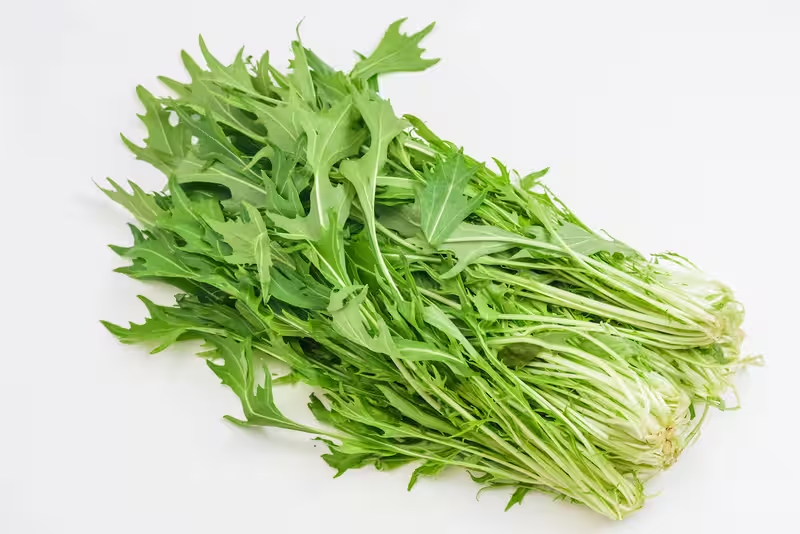
Kyona is the old, local name for the green known across Japan as Mizuna (水菜), which means “water greens.” It’s related to turnips and certain cabbages. You can spot it by its long, thin stems and leaves that look a bit like feathers. When you bite into it, it gives a great, firm crunch, which the Japanese describe as shaki-shaki. It has a clean taste that’s a little bit peppery, but it’s much milder than Western mustard greens, so it goes well with many different foods. Kyona is also very good for you, known for having a lot of calcium and Vitamin C, which help keep your bones strong and your body healthy.
History of Kyoto’s Greens
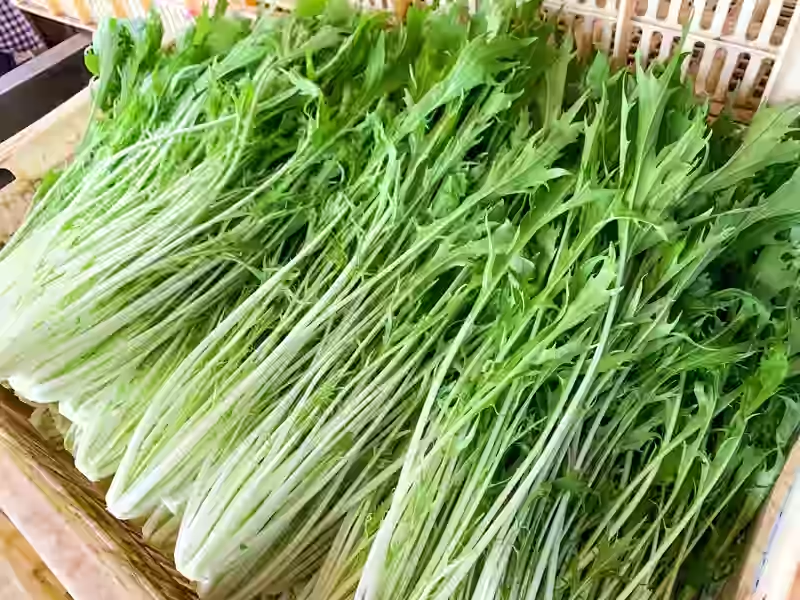
Kyona is one of the traditional Kyo-yasai, or special vegetables that have been grown just in the Kyoto area for centuries. Farmers have been growing it since the Edo period (1603-1868). It got the name Mizuna because locals often grow this in flooded fields that had cool, running water—a perfect way to farm in the wet area around Kyoto.
Hence, kyona is a very important part of traditional Kyoto cooking. Historically, it was a must-have in Harihari-nabe, a hot pot dish that usually had rich, fatty meat like duck. The crisp texture and light pepper flavor of Kyona were used on purpose to cut through the richness of the fat, making the heavy meal feel lighter and easier to eat. This clever use of a simple green shows how Kyoto food has always focused on getting the perfect mix of flavors and textures.
Try the Traditional Taste at this Restaurant
Gion Kyo-Ryori Hanasakai (祇園 京料理 花咲)
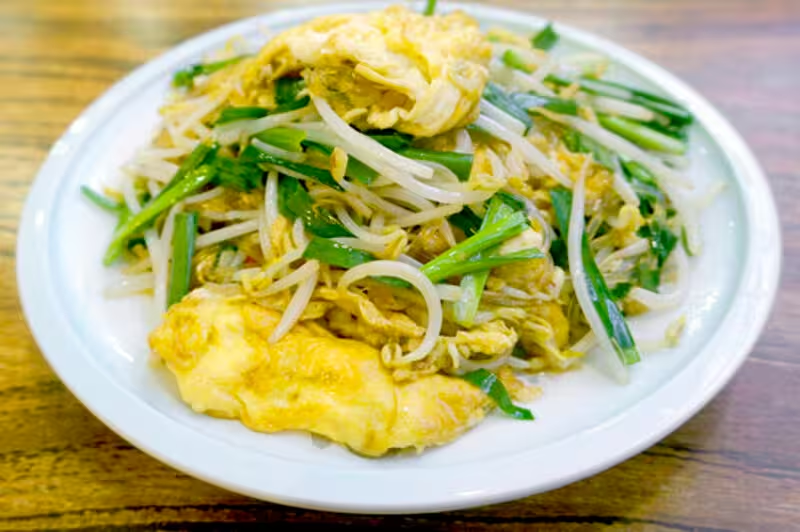
This high-end Kaiseki restaurant in Kyoto’s Gion district focuses on using the best local vegetables of the season. They also often feature Kyona in their winter meals. You might find it in light dishes, like a crisp salad with fried tofu and sesame dressing, or as the necessary crunchy part of their rich duck Harihari-nabe. Furthermore, this restaurant is often located in a traditional machiya (Kyoto townhouse), which gives you a truly authentic dining experience. The focus is on authentic Kyo-yasai(Kyoto vegetables) and fine Kaiseki cuisine.
Summary
Kyona is a staple of Japanese cooking. Its long-lasting value comes from its historical role: a green that has lots of calcium and fiber, giving a crucial crunch and cutting through the fat of classic dishes. It is a very flexible green that’s great either raw in salads or lightly cooked to keep its famous shaki-shaki texture.
Have you ever had Kyona (Mizuna) before, and if so, how did you like to eat it? Some of the Japanese dishes similar to it that we recommend are Negiyaki, Harihari nabe, and Kaiseki ryori.
You can also look up in this article the different Kyoto’s traditional vegetables or popularly known as Kyo Yasai.
FAQ
- When is it in season?
Best in winter to early spring, though you can find it year-round.
- What does it taste like?
Mildly peppery and fresh when raw; softens and becomes sweeter when cooked.
- How is Kyōna usually eaten?
Raw in salads, added to soups and hot pots (nabe), or briefly sautéed.
- How do I pick a good bunch?
Choose bright green leaves that are crisp, not wilted, and a fresh-looking stem.
- How do you say it?
Pronounced KYOH-nah. Japanese: 京菜(きょうな) kyōna.
- Where can I buy it?
Kyoto markets (e.g., Nishiki), supermarkets, and department food halls (depachika).
- Any tips for buying as a traveler?
Buy small pre-washed packs or a small bunch. Eat the same day or keep chilled.
- What if I can’t find “Kyōna”?
Ask for mizuna — it’s the same green sold outside Kyoto.
- Any allergy or dietary notes?
It’s a mustard-family green (Brassica). People with cruciferous allergies should avoid it.
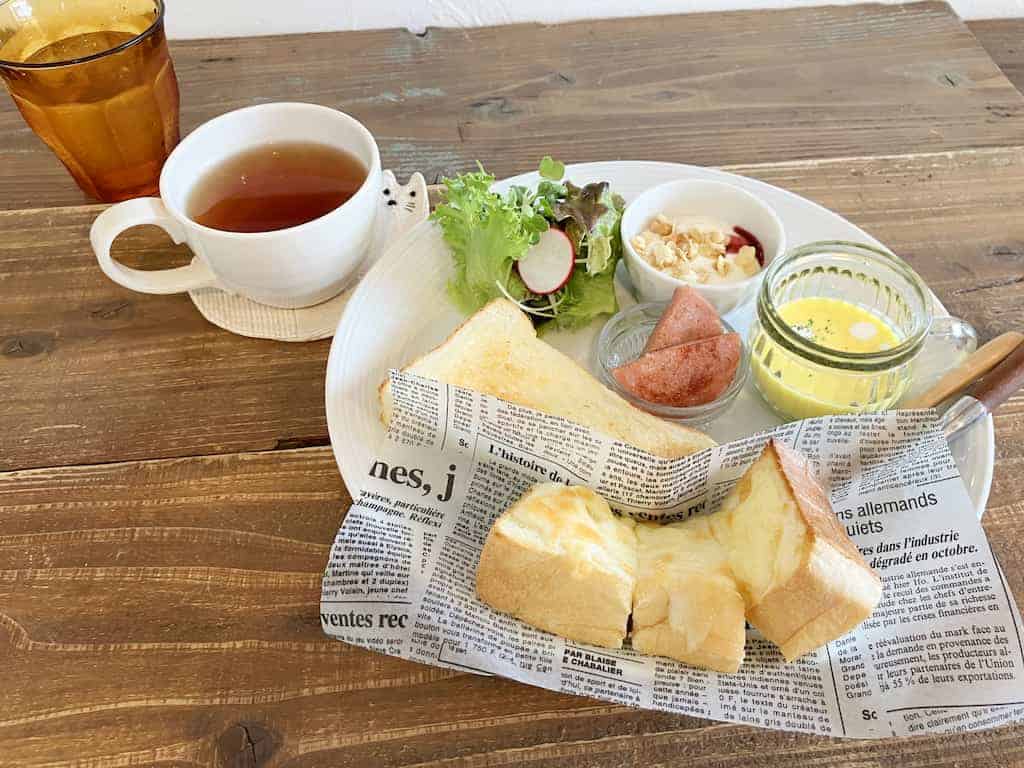
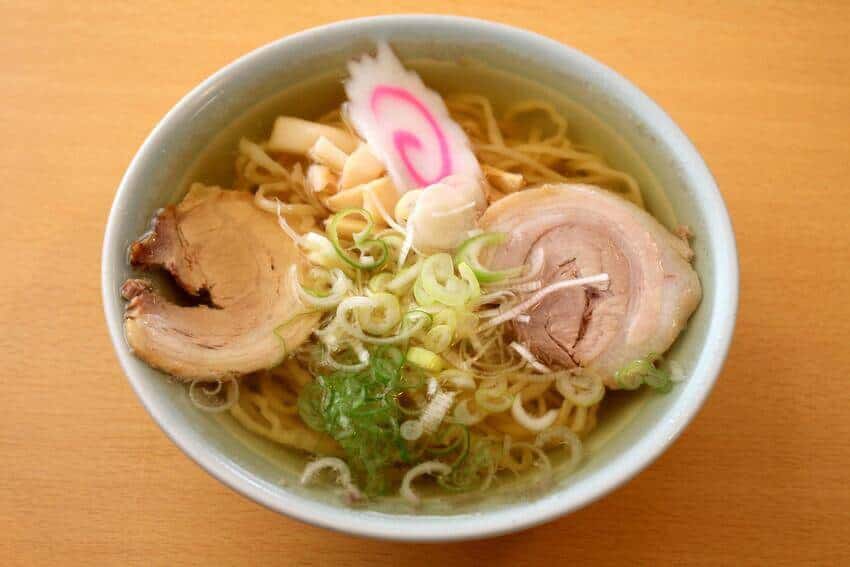
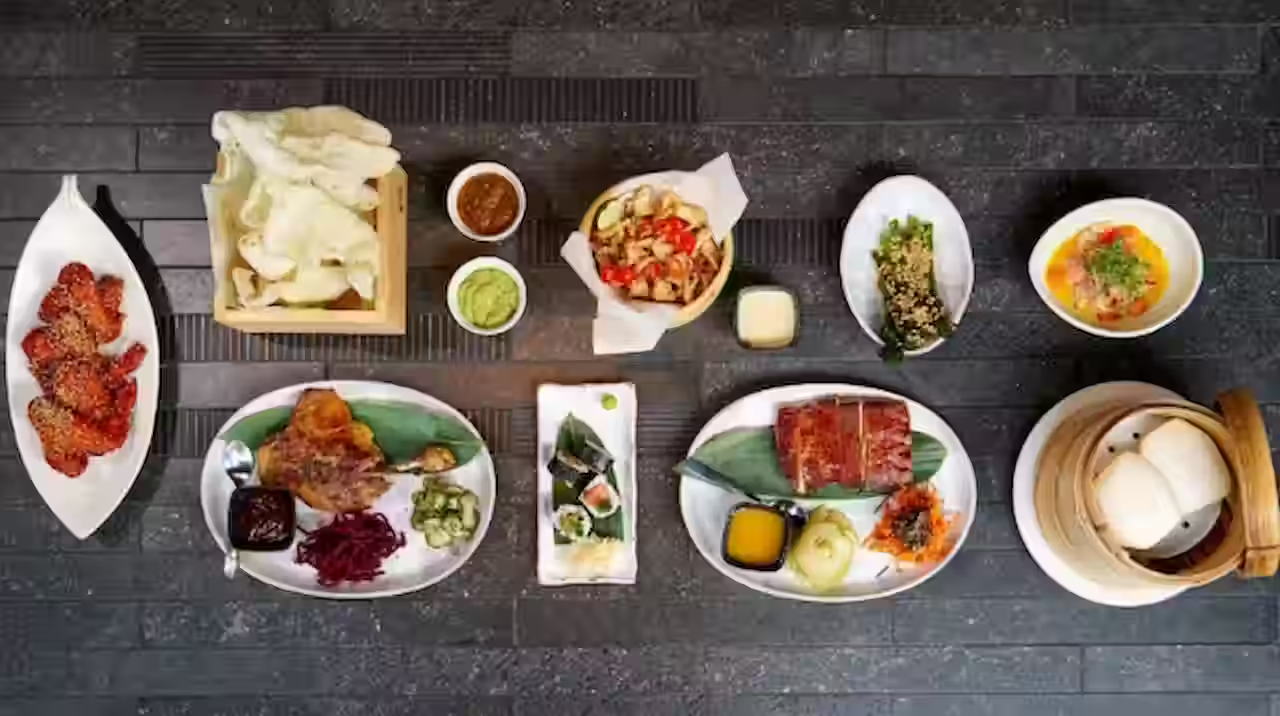

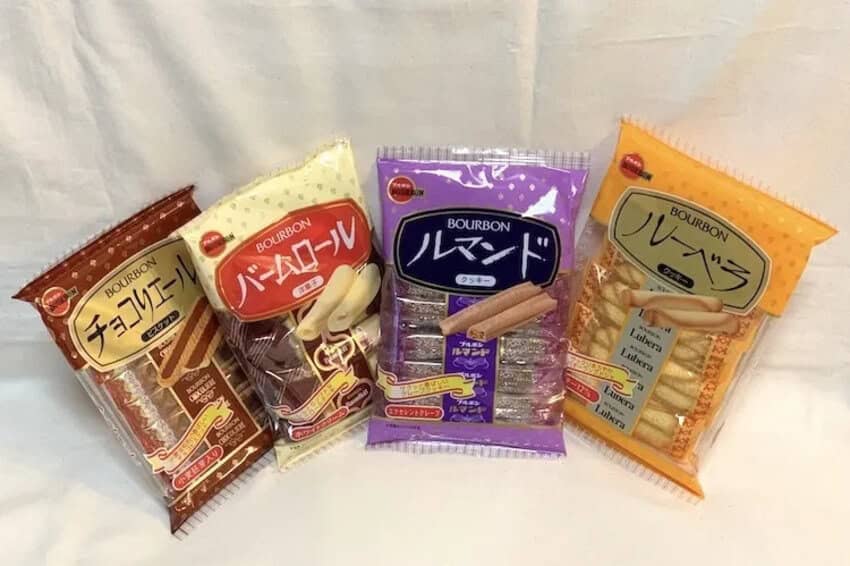

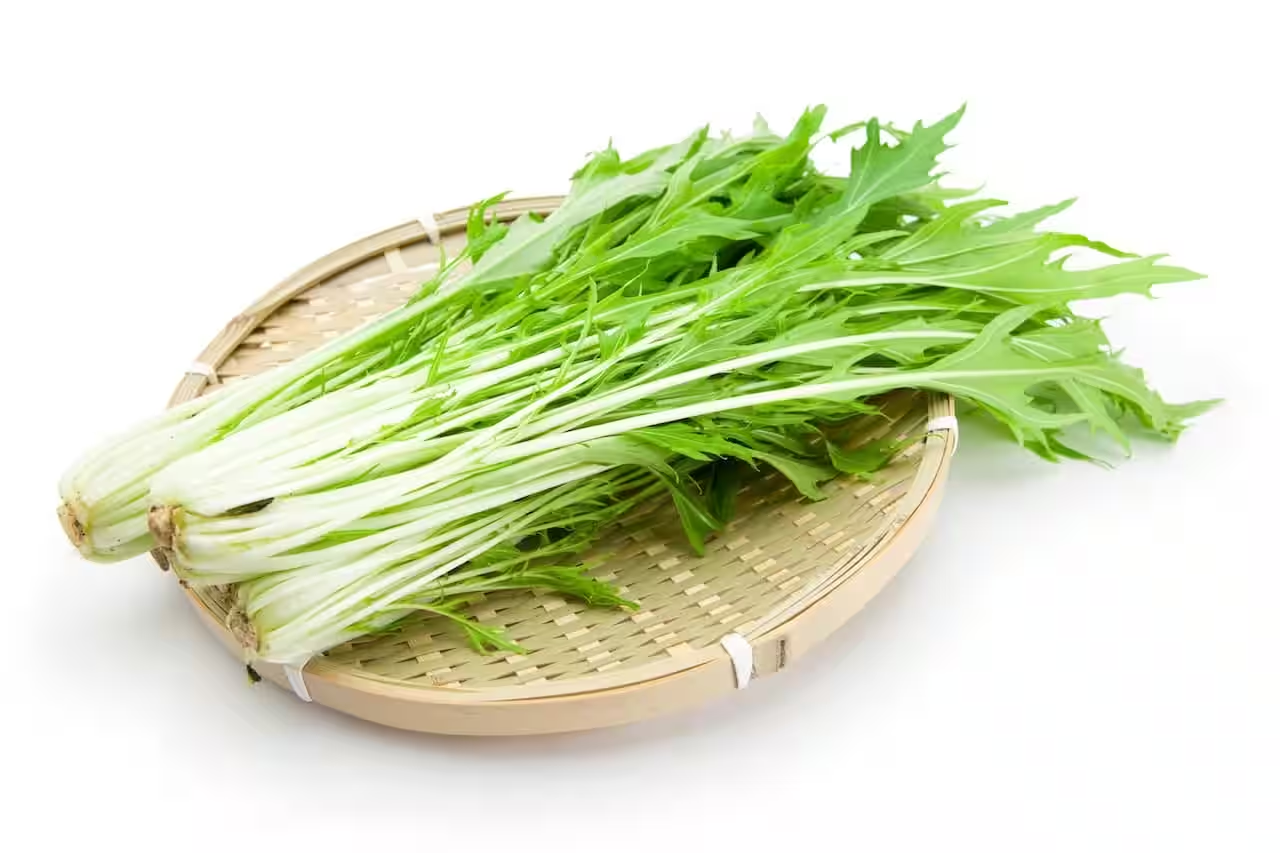
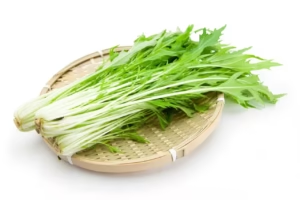
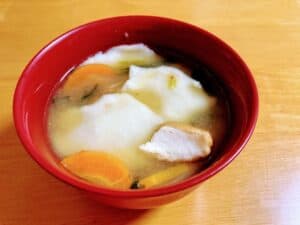
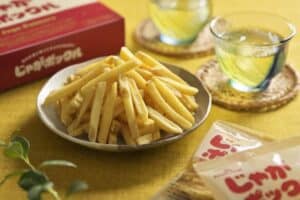

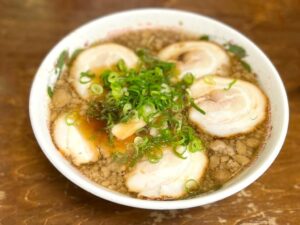
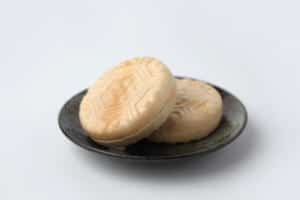
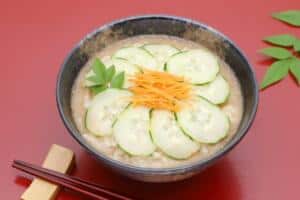

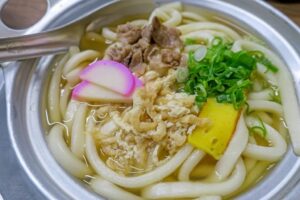
Comments